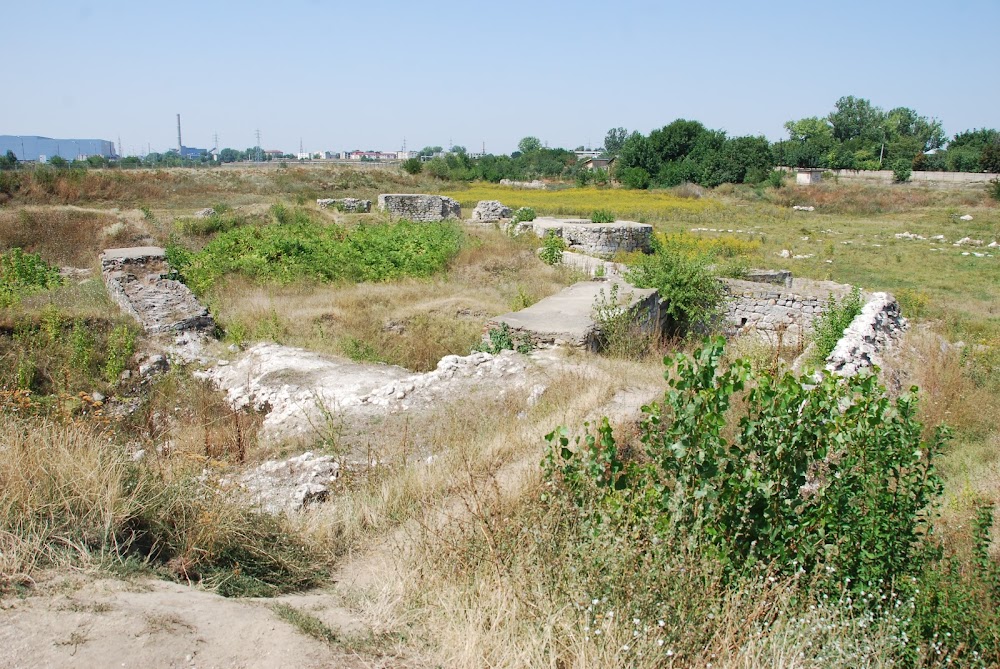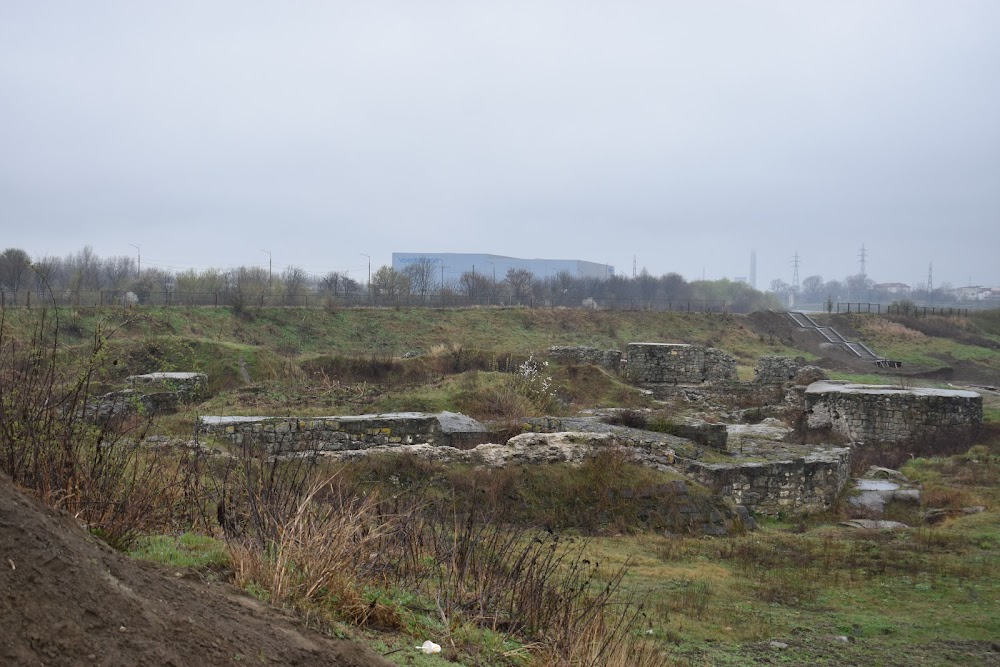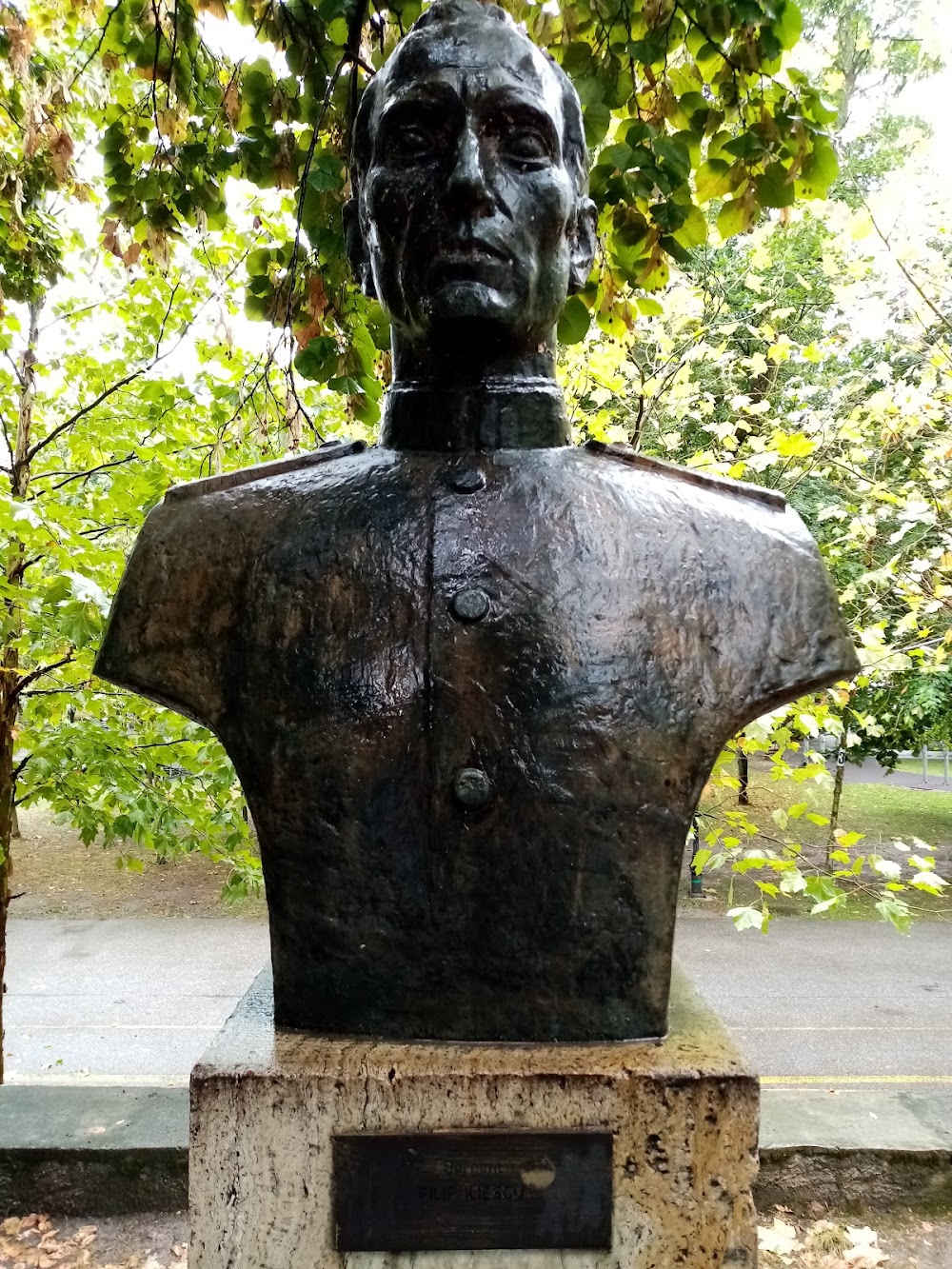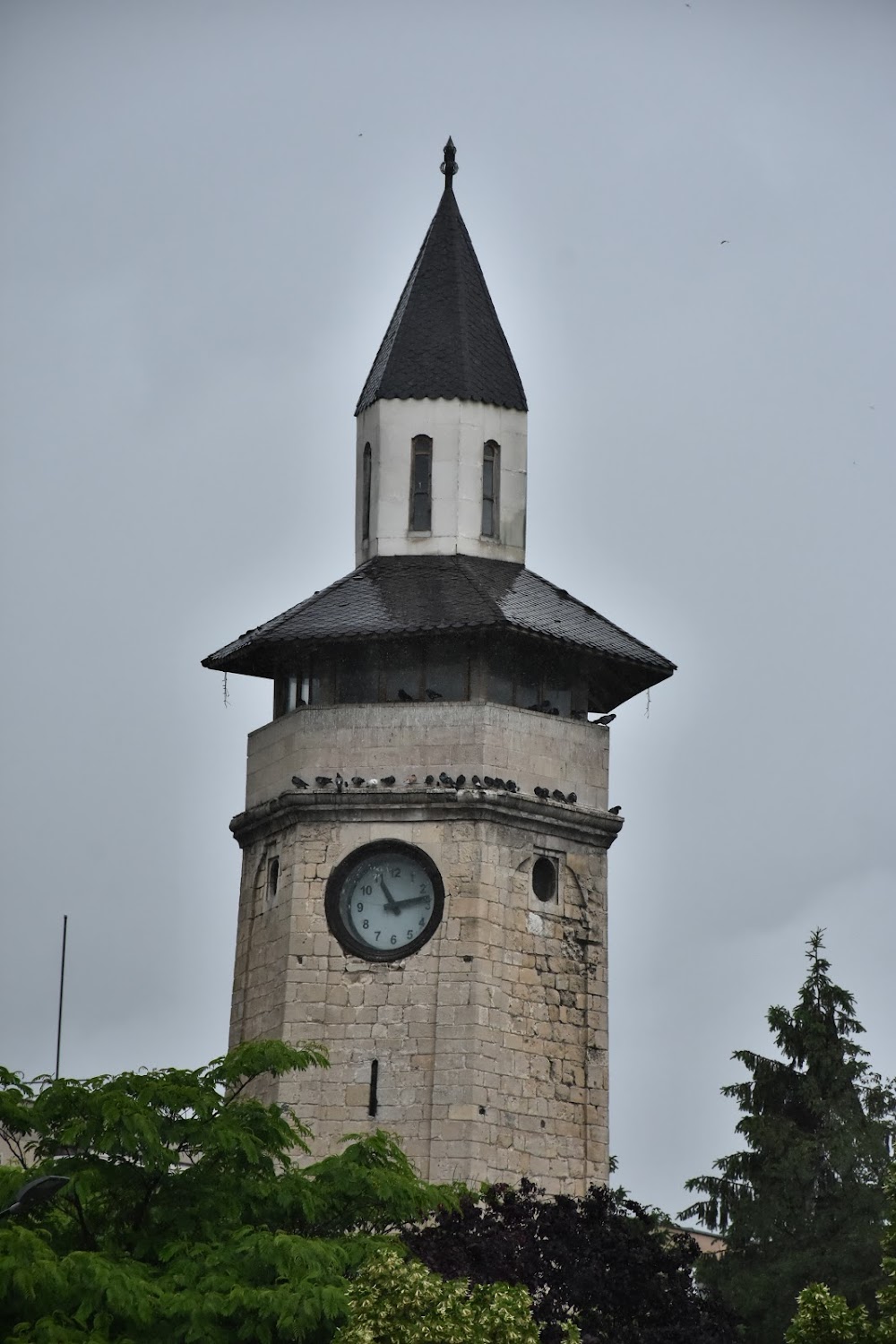Giurgiu Fortress (Cetatea Giurgiu)
Overview
The **Fortress of Giurgiu**, nestled in Giurgiu County, Romania, is a historic site steeped in a captivating past. Constructed in the 14th century, this fortress is strategically located on an island in the Danube River, a position that has significantly influenced its importance throughout history. Originally built by the **Bulgarian Empire**, the fortress aimed to control the river and protect the region from invading forces.
Surrounded by water, the fortress boasts thick walls, robust towers, and a drawbridge that facilitated both defense and access. The combination of natural water barriers and formidable stone structures made it a challenging target for attackers. Its design brilliantly merges functionality with medieval architectural beauty, highlighting the craftsmanship of the era while emphasizing the importance of defense.
In the **1390s**, the fortress came under the control of the **Ottoman Empire**, which made extensive modifications. The Ottomans strengthened the walls and added new fortifications to enhance its military capabilities. These changes transformed the fortress into a key defensive point along the Danube, ensuring Ottoman dominance in the region and serving as a base for further expansion into Europe.
Over the centuries, the fortress witnessed numerous battles and shifts in power. Control of the structure changed hands among the **Wallachians**, the **Habsburgs**, and the **Ottomans**, with each regime leaving its mark through various enhancements and repairs. Despite facing numerous sieges and conflicts, the fortress has withstood many assaults, a testament to its sturdy construction and strategic location.
The architecture of the Giurgiu Fortress encapsulates the evolution of military design over several centuries. The fusion of different styles—from medieval Bulgarian designs to Ottoman influences—reflects the diverse cultural and historical narratives that have shaped the region. Today, visitors can still explore remnants of different eras within the fortress walls, towers, and surrounding structures.
One of the most intriguing features of the Giurgiu Fortress is its **underground tunnels and chambers**. These hidden passages served as vital routes for supplies, communication, and even escape during sieges. Archaeological discoveries within these tunnels, including weapons, pottery, and coins, offer insight into the daily lives of those who once inhabited and defended this stronghold.
The decline of the fortress began in the **18th century**. As modern warfare evolved and political dynamics shifted, the fortress gradually lost its strategic relevance, leading to its abandonment and disrepair. Nevertheless, its historical significance has continued to attract attention, prompting efforts for preservation and restoration.
In recent years, restoration projects have been launched to uncover and conserve the remnants of the Giurgiu Fortress. Ongoing archaeological excavations reveal new aspects of its past, and initiatives are underway to enhance public access to the site. Today, visitors can explore parts of the fortress, walk along its ancient walls, and imagine the lives of those who once defended and inhabited this monumental structure.
The **Giurgiu Fortress** stands as a poignant reminder of Romania’s diverse and tumultuous history. It encapsulates the essence of historical architectural resilience and the enduring spirit of the people who built and protected it. Through ongoing conservation efforts, this fortress continues to share its storied past, inviting future generations to learn about and appreciate the rich heritage of Giurgiu County.







